BY Sarah Wilkins
Lately, I’ve been thinking about travel. In a fit of nostalgia, I reached to the back of a drawer to find my passport. In pre-covid days this well-worn, multi-stamped document was never far from me. Flicking through its pages, I remembered the trips taken, places explored and people I had met. My passport led me back to a time when travel was easy. What I used to hold in eager anticipation now felt like a relic from the past.
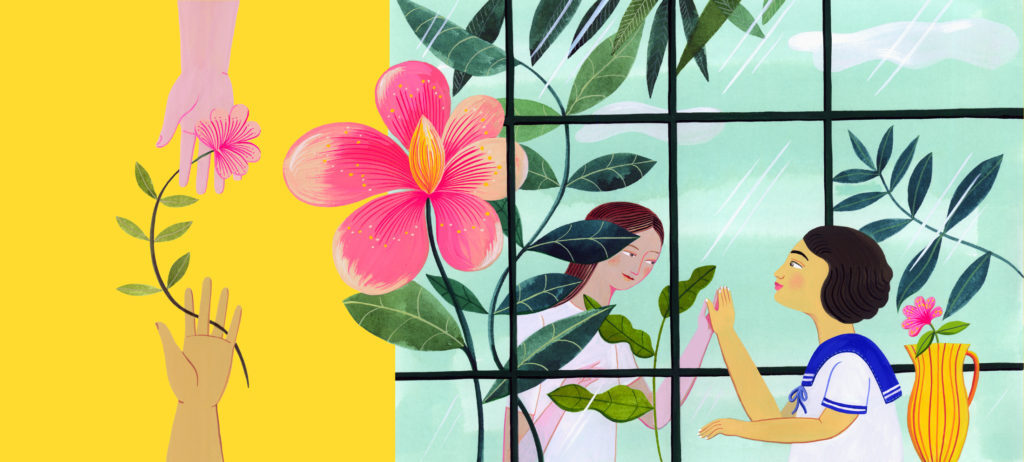
Currently, my mind-expanding travels take place on the pages of a different type of passport—the picture book. Here, both pictures and words offer a chance to travel without a plane ticket, to a new world, be it real or imagined. A picture book offers a round trip to the imagination, and these days, that’s my dream destination.
As an illustrator, I feel humbled knowing that picture books are often the first experience a child has of story and art. For young readers, illustrations are the first element they engage with in a book. Images give the reader visual clues with which to decode the story and create meaning from, alongside and beyond the author’s and illustrator’s worlds.
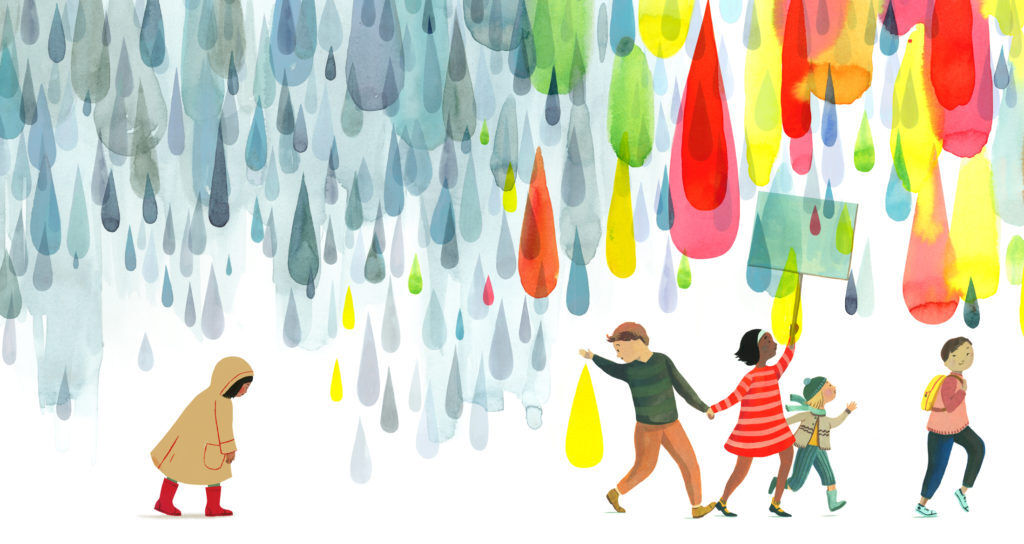
I like to think of my illustrations being read independently to the written story, empowering the early reader with confidence. They’re not intended as a literal visual translation of the story. Rather, illustrations provide readers with multiple signs to interpret and explore on their own terms, depending on their context and culture.
In my career as an illustrator I am commissioned to create images for different cultures. Working internationally, my illustrations have to speak for themselves, across time zones, and to people whose cultural references are often different to my own. The diversity of visual language found in book illustrations around the world constantly amazes and inspires me. I love seeing how illustrations perform an intricate dance that is both independent yet intertwined with the written story.
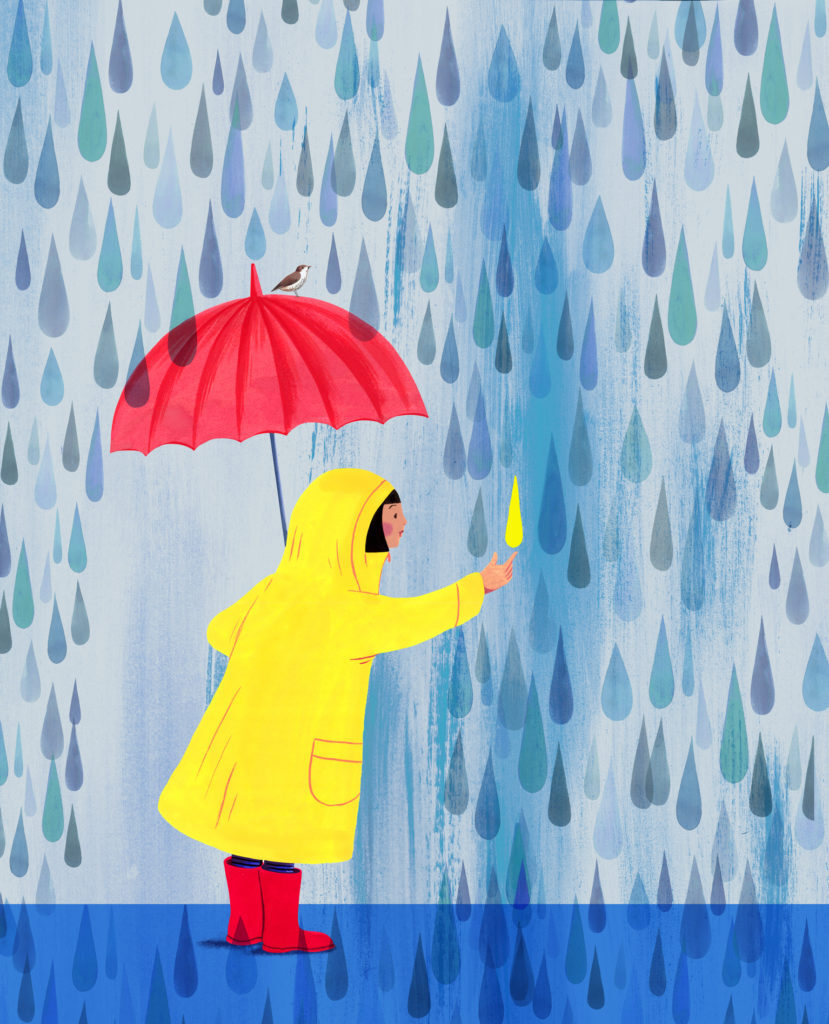
Throughout my years living and working in Europe, I saw how illustration existed and thrived outside the inner circle of the publishing industry. The illustrator’s art was admired and well understood by the general public. There are galleries which specialise in exhibiting illustration and people who collect it. Respect for an illustrator’s craft is also reflected in copyright law and legal rights of reproduction and usage. And inside the industry, the discourse between illustrator, publisher and author is generously encouraged—at the vast book fairs, in radio interviews and discussion panels.
Yet, here in Aotearoa New Zealand, I notice a weighty bias on words when critically discussing picture books. I wonder why illustration isn’t also being critically discussed for the independent pictorial narrative it provides. Illustrators, with their understanding of the narrative language of image and text, are so much more than visual renderers. From my experience, the difference between a mediocre book and a magnificent one can be achieved by a publisher tapping into the illustrator’s creative insights and expertise. In this way both the illustrations and text soar to a higher level of creativity.
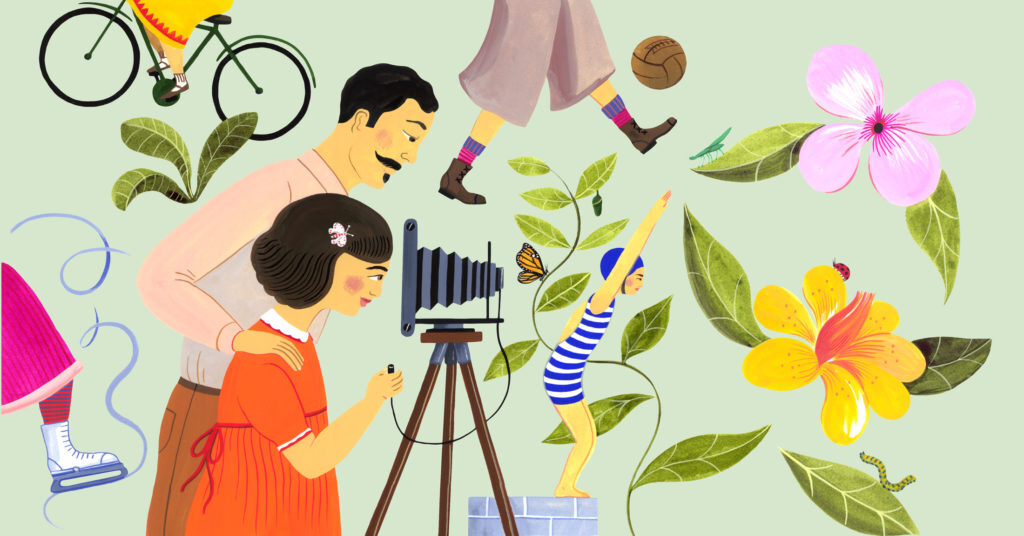
I eagerly anticipate a book review that seriously engages with illustration; a review that allocates more than a sentence, inevitably containing the words “whimsical” or “colourful”, at the end of several paragraphs espousing the merits of the written narrative.
I also eagerly anticipate discussions that acknowledge the discipline of book illustration, independent of the written word, as the rich and interpretative art form it is. Books that present innovative and experimental visual concepts should be recognised for the ways in which they build a young reader’s imagination and not just viewed as the decorative add-ons to text. Of course there will always be a place for picture books that present the familiar and known world to children, books that tell our stories. In Aotearoa, they’re books about our native flora and fauna, Pūrākau, the ANZACs, our sporting heroes and many more.
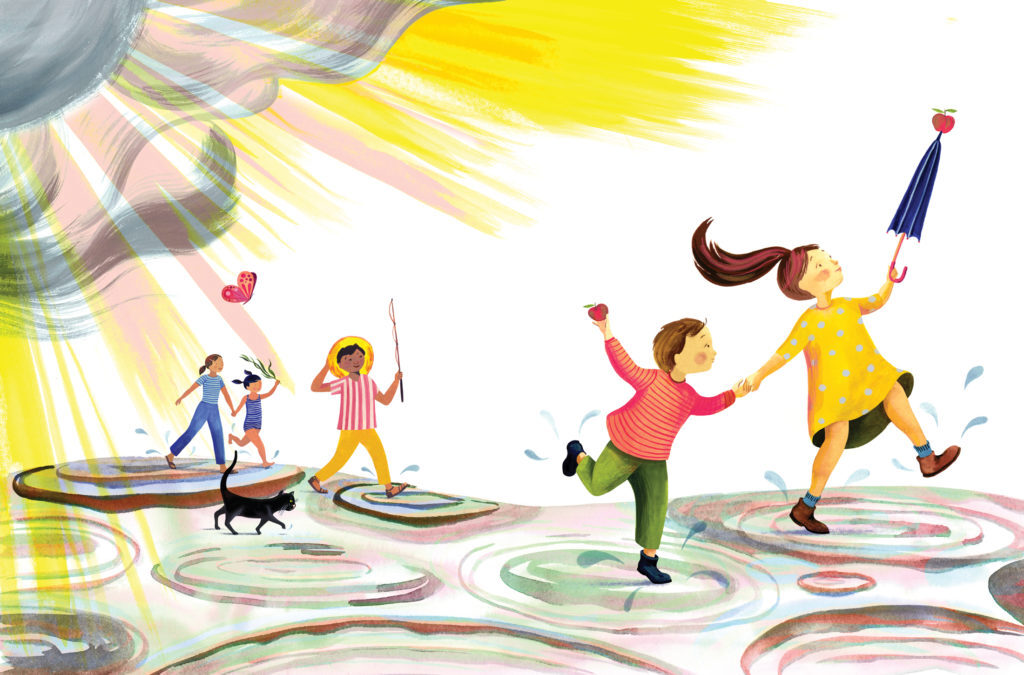
In my mind, there’s also a place for books that push against conventions and go beyond our national identity—books that offer a more conceptual and imaginative world to their young readers to discover—books that lift the reader into a different realm of thought, lofty as that might sound. The imagination, I’ve been told, is a tricky thing in picture books. But, does it have to be?
With travel now scaled down to the local (give or take a trans-Tasman bubble), I take every opportunity to see the details in my close environment. My studio is a 20-minute walk from my house. I take a gravel path down the hill, through a park and out into the upper limits of the city centre. The downhill journey provides me with a perfect length of thinking time, and, when I’m not deep in thought with my head down and oblivious to the world around me, it offers me a concentrated dose of nature to tide me over for the day working indoors.
It’s here I try to memorise the way light falls on leaves, the shadowing swoop of the kākā above, the infinite shades of green, and the spring of the sparrow as it hops into the undergrowth, a worm wriggling in its beak. All this provides the visual setting for my imaginings. And this is how I see the illustrated page—a place where meaning is not limited to one narrative.
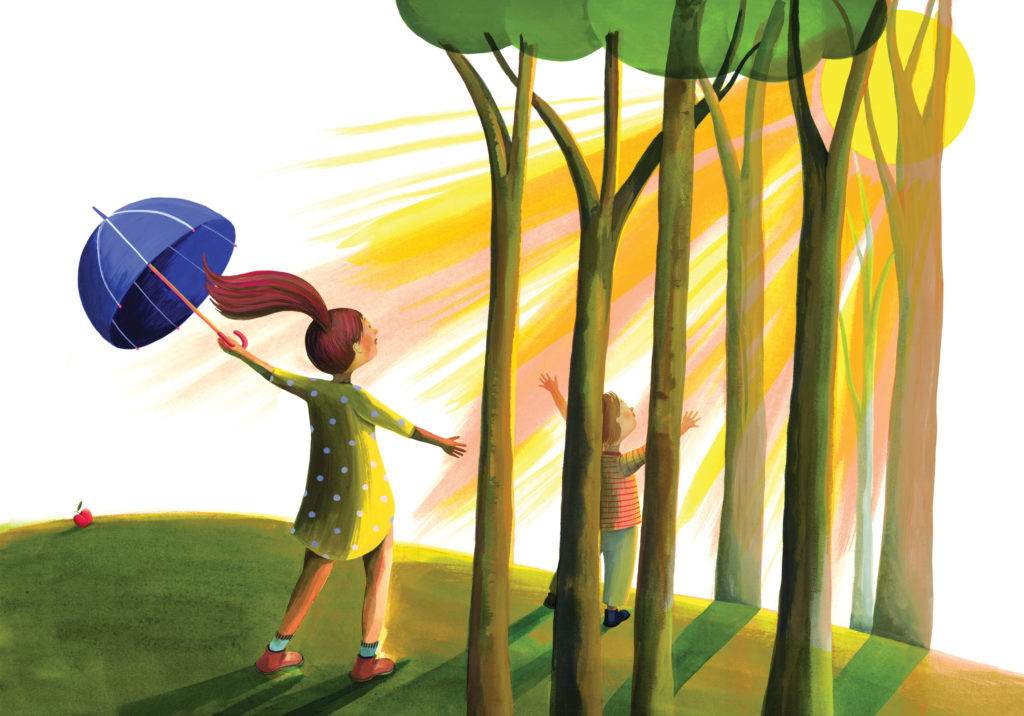
Sarah Wilkins is an award winning illustrator and visual communicator working globally for the publishing, advertising and design worlds. Her work includes editorial illustration, children’s book illustration, poster design, book cover design, product and environmental design. Interested in the visual communication of contemporary issues in society, Sarah holds a Master of Science in Society and a degree in Visual Communication Design.
See more from Sarah Wilkins in A Book is a Book and The Longest Breakfast, available from all good bookstores and on our website.
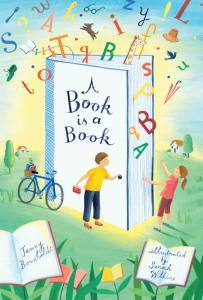
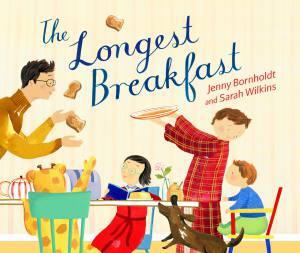
Do you want to hear more from Gecko Press? Every month we send out a newsletter with all of our latest blog articles, book lists, activity sheets, and sometimes a competition too! Sign up to our mailing list here.

